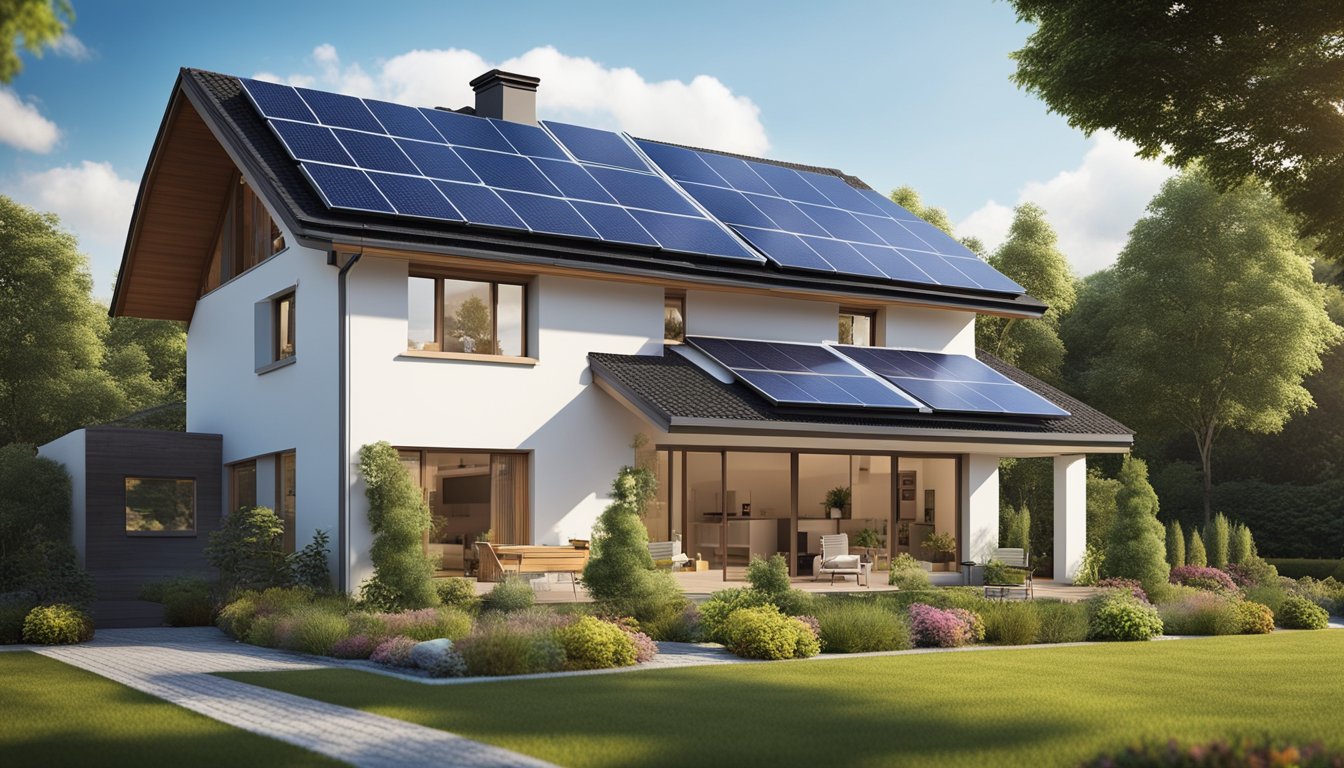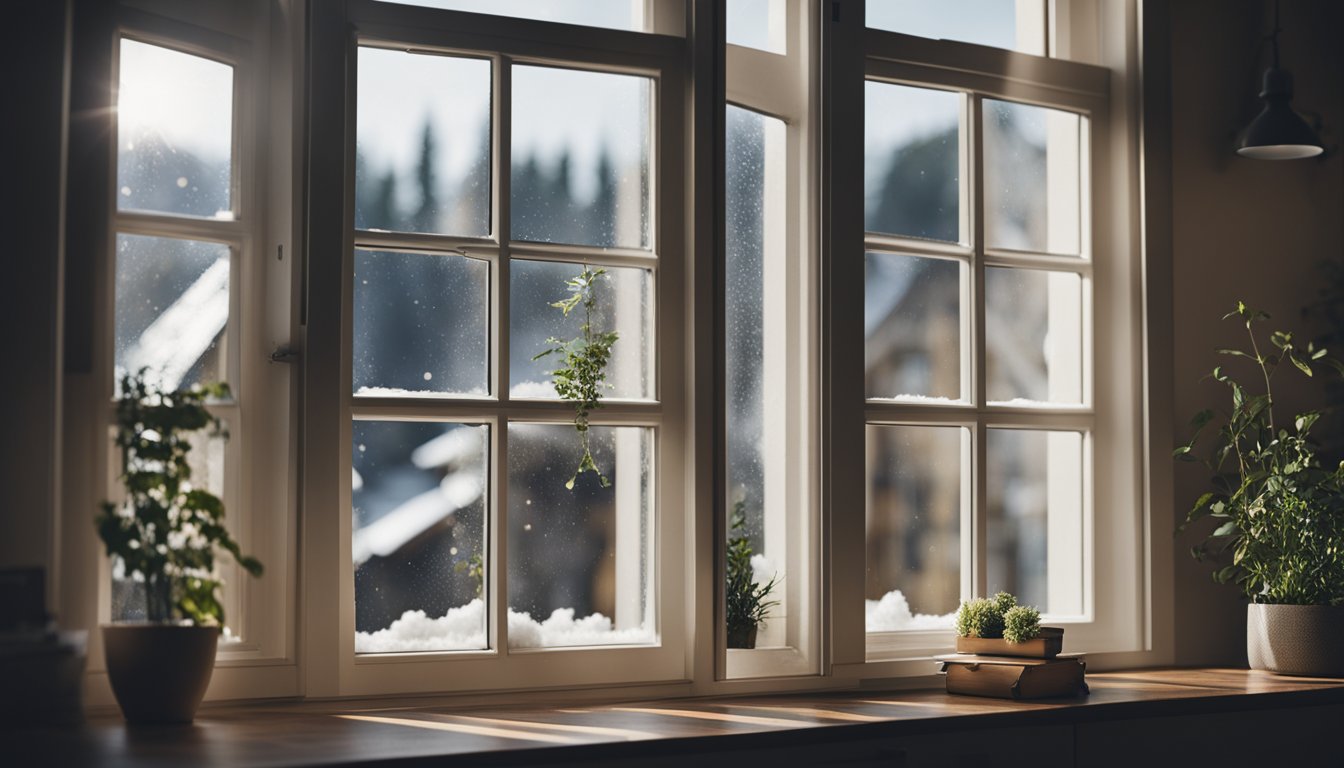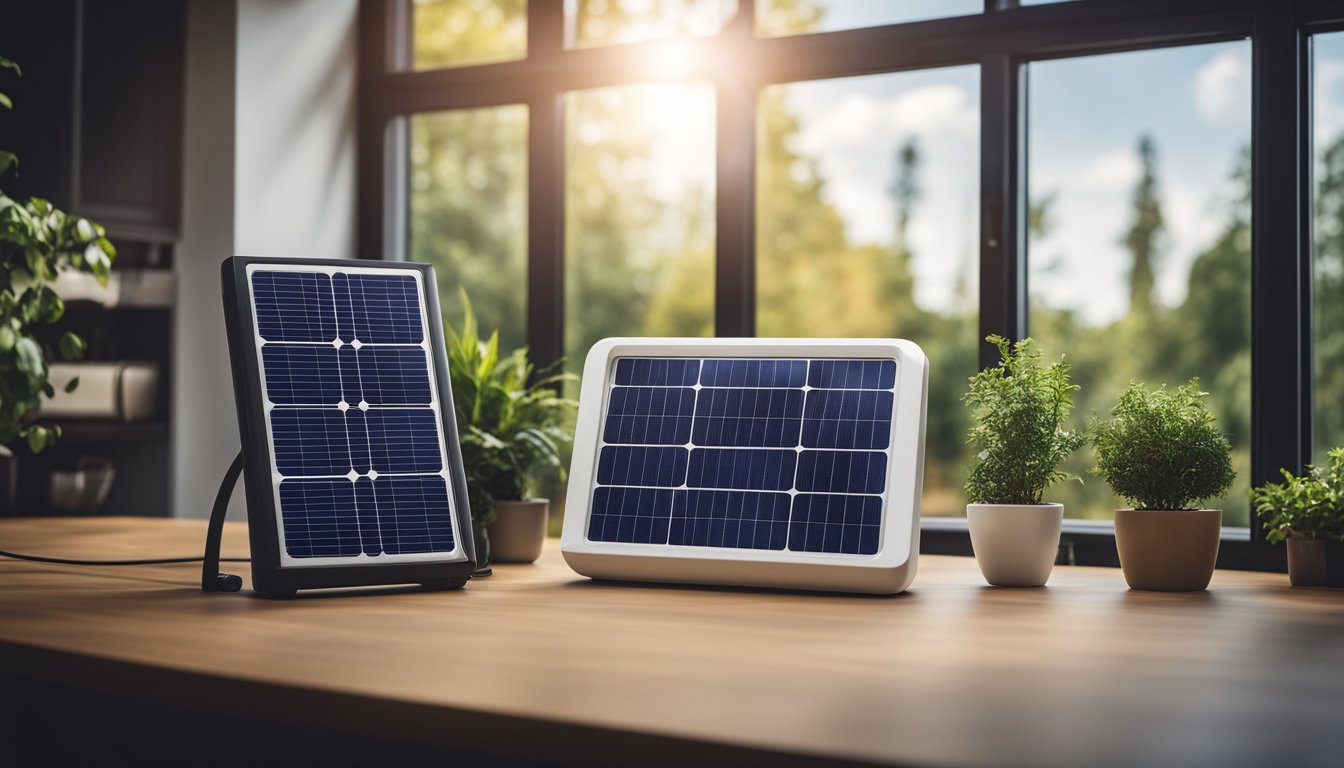Late updated: 30 Jul 2024 13:07
Written by: Eleanor Hartman
How To Make Your Home More Energy Efficient: Top Tips for Lower Bills
Transforming our homes into energy-efficient havens is not just a trend but a necessity. By making small but impactful changes, we can significantly decrease our energy consumption and lower our utility bills. Whether it's through improving insulation, upgrading to energy-efficient appliances, or using smart home devices, there are numerous strategies we can adopt to make our homes greener and more economical.

One of the simplest ways to boost energy efficiency is to seal gaps and cracks around windows and doors. Insufficient insulation leads to a considerable loss of energy, pushing heating and cooling systems to work overtime. Additionally, using energy-efficient light bulbs and appliances can drastically reduce the amount of electricity we use on a daily basis.
Another major step involves optimising our heating and cooling systems. Regular maintenance and updates can enhance their efficiency, reducing costs and improving comfort. Clean or replace air filters regularly and consider installing programmable thermostats or smart thermostats to make precise temperature adjustments automatically.
Key Takeaways
- Sealing gaps and cracks improves home insulation and energy efficiency
- Using energy-efficient appliances decreases energy consumption
- Optimising heating and cooling systems cuts costs and boosts comfort
Maximising Home Insulation and Glazing

Ensuring your home is properly insulated and equipped with energy-efficient windows and doors can greatly reduce heat loss, saving money and improving comfort. Below, we explore essential strategies for maximising home insulation and glazing.
Sealing Doors and Windows
To prevent drafts, we should focus on sealing doors and windows.
Weatherstripping is a simple and effective way to seal gaps around doors and windows. This special material can be applied to door frames and window sashes, reducing air leaks. Caulking is another valuable tool, perfect for sealing small cracks and gaps in stationary elements such as window frames.
Installing a door sweep can prevent air from leaking underneath doors, especially exterior ones. Using foam tape around door and window frames can also help create a tighter seal, keeping warm air in during the winter and out during the summer.
Improving Wall and Loft Insulation
Proper insulation in walls and lofts is key to maintaining indoor temperatures.
Cavity wall insulation involves filling the gap between the outer and inner walls with insulating material. This can significantly reduce heat loss. For solid walls, internal wall insulation or external wall insulation can be effective solutions. Each method has its benefits, with internal insulation usually being less disruptive to install.
In the loft, loft insulation is critical. Insulating the loft floor with materials like fibreglass, mineral wool, or even sheep's wool can trap heat within your home. Insulating the rafters can create a warmer loft space, potentially useful if the loft is a living area.
Installing Energy-Efficient Glazing
Energy-efficient windows play a significant role in reducing heat loss.
Double-glazed windows have two panes of glass with a gap filled with an inert gas like argon, which minimises heat transfer. Alternatively, triple glazing offers an extra layer of protection. These windows often come with low-emissivity (Low-E) coatings that reflect heat back into the room.
Frames are also important. Insulated window frames, especially those made of composite materials, can enhance the overall energy efficiency of the windows. Considering the types of glass and window frames, along with professional installation, can ensure that your home is better insulated against the elements.
Optimising Heating, Cooling, and Electrical Systems
By upgrading to smart thermostats, maintaining HVAC systems and ductwork, utilising energy-efficient appliances and lighting, and implementing renewable energy solutions, we can significantly enhance our home's energy efficiency and reduce energy costs.
Upgrading to Smart Thermostats
Smart thermostats offer a significant improvement over traditional models. They come equipped with sensors and connectivity that allow us to adjust heating and cooling remotely via smartphone applications. This capability ensures that we only use energy when needed.
Moreover, many smart thermostats can learn our schedule and preferences. By automatically adjusting the temperature, they help maintain comfort optimally. Many models also offer energy usage reports, which can be useful in identifying patterns and areas for improvement.
Maintaining HVAC and Ductwork
Regular maintenance of HVAC systems is essential to ensure optimal performance. Cleaning and replacing filters frequently can enhance efficiency, which can lead to reduced energy bills. Ensuring that ducts are sealed properly prevents energy loss and maintains the desired indoor temperature efficiently.
It is also beneficial to schedule professional inspections. Technicians can identify potential issues before they become costly problems. Annual maintenance keeps the system running smoothly, reducing the need for unexpected repairs.
Utilising Energy-Efficient Appliances and Lighting
Investing in energy-efficient appliances can significantly cut down on electricity consumption. Appliances with the ENERGY STAR rating are designed to use less power without sacrificing performance. For example, upgrading to energy-efficient refrigerators, washing machines, and dishwashers leads to noticeable savings.
Similarly, replacing traditional lighting with LED bulbs can decrease energy usage. LEDs use up to 75% less energy than incandescent bulbs and last significantly longer. This simple switch can contribute to lower electricity bills and less frequent replacements.
Implementing Renewable Energy Solutions
Incorporating renewable energy solutions can further enhance energy efficiency. Solar panels are a popular choice; they convert sunlight into electricity and can be a long-term investment that reduces electricity bills. Depending on our location and sun exposure, solar panels can meet a significant portion of our household energy needs.
Additionally, considering other renewable options like wind turbines, or even ground source heat pumps, can provide sustainable energy. These systems often come with tax incentives or rebates, making the initial investment more manageable. By integrating renewable energy, we move towards a more sustainable and cost-effective energy model.
Frequently Asked Questions

In this section, we address common queries that arise when enhancing home energy efficiency, covering effective strategies, electricity reduction methods, design considerations, retrofitting practices, and cost-effective measures.
What are the most effective strategies for enhancing my home's energy efficiency?
Implementing insulation improvements, upgrading to energy-efficient windows, and sealing air leaks are crucial steps.
Adding solar panels and using smart thermostats can substantially lower energy consumption.
Which methods contribute to the reduction of electricity usage in domestic settings?
Switching to LED lighting, using energy-efficient appliances, and employing power strips to manage phantom loads are effective.
Ceiling fans help circulate air, reducing the need for heating and cooling.
What considerations are critical when designing an energy-efficient house?
Orientation to optimise natural light, selecting high-quality insulation, and integrating energy-efficient windows are key.
Incorporating renewable energy sources and ensuring proper ventilation also play vital roles.
How can I retrofit my existing home to improve its energy performance?
Upgrading insulation, installing double-glazed windows, and sealing air leaks can enhance your home’s energy efficiency.
Transitioning to energy-efficient appliances and integrating smart home technology are beneficial retrofitting methods.
In terms of energy usage, which heating system is the best for domestic environments?
Heat pumps are highly efficient, extracting heat from the air or ground.
Underfloor heating systems and modern condensing boilers are also effective in reducing energy consumption.
What cost-effective measures can I implement to construct an energy-efficient home?
Using recycled or sustainable building materials can reduce costs.
Designing for optimal natural light, implementing passive solar design, and selecting cost-effective renewable energy solutions are essential measures.